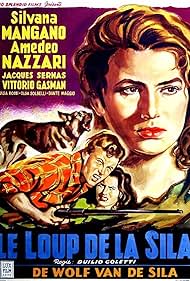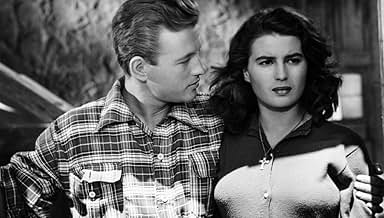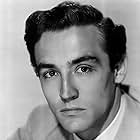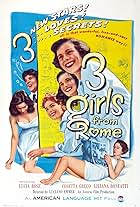This film was released in the US in 1953 to capitalize on the spectacular success of actress Silvana Mangano in the movies BITTER RICE and ANNA. Although this is the middle film of the three, it was the one to be released last in the U.S. Unlike BITTER RICE and ANNA which appeared both in English subtitled versions for art houses and dubbed versions for mass audiences, LURE OF THE SILA was shown only in a badly dubbed version. It played big theatres, neighborhood theatres, drive-ins. It was aggressively promoted by its distributor I.F.E. Releasing Corporation. I remember seeing it as a young boy at the neighborhood theatre with ad copy that read "Here comes a sizzling country girl bent on revenge", and "Silvana seethes with more SEX APPEAL than any other actress!" That might not have been an exaggeration. In this movie Silvana, who was truly a lovely screen presence, avenges her family's destruction. As a child she had been present when a brother was unjustly accused of a murder and died in a struggle at the hands of the police. As a grown woman she instigates a rivalrous competition for her affections between a father and a son responsible for what had happened years before. The movie is shot in the Sila forest plateau area of Calabria in southern Italy. Even as a child what struck me most about the film, besides Silvana Mangano, was the moodiness of the piece. Today at least, it seems to us like a kind of "noir" rustic melodrama. I remember one scene with Alsation dogs howling eerily in the background that I found very effective. The great Aldo Tonti did the photography in stark hues. The music is by Enzo Masetti. The Calabrian songs "Festa al sole"and "La luna e' janca" by Osvaldo Minervini, give nice regional color to the film. Amedeo Nazzari plays the father Rocco very well, Jacques Sernas is not especially commanding as his son Salvatore, and Vittorio Gassman has only a bit part in the prolog as the wronged brother. Dino De Laurentiis, who was married to Silvana Mangano, produced. Duilio Coletti, whom I like best for his 1948 CUORE, directed with a darkly morbid style, truly effective when you consider the subject matter. Ruggero Leoncavallo, composer of I PAGLIACCI, also set in Calabria, could have made an opera of this story as well. It has that kind of operatic palette.


























